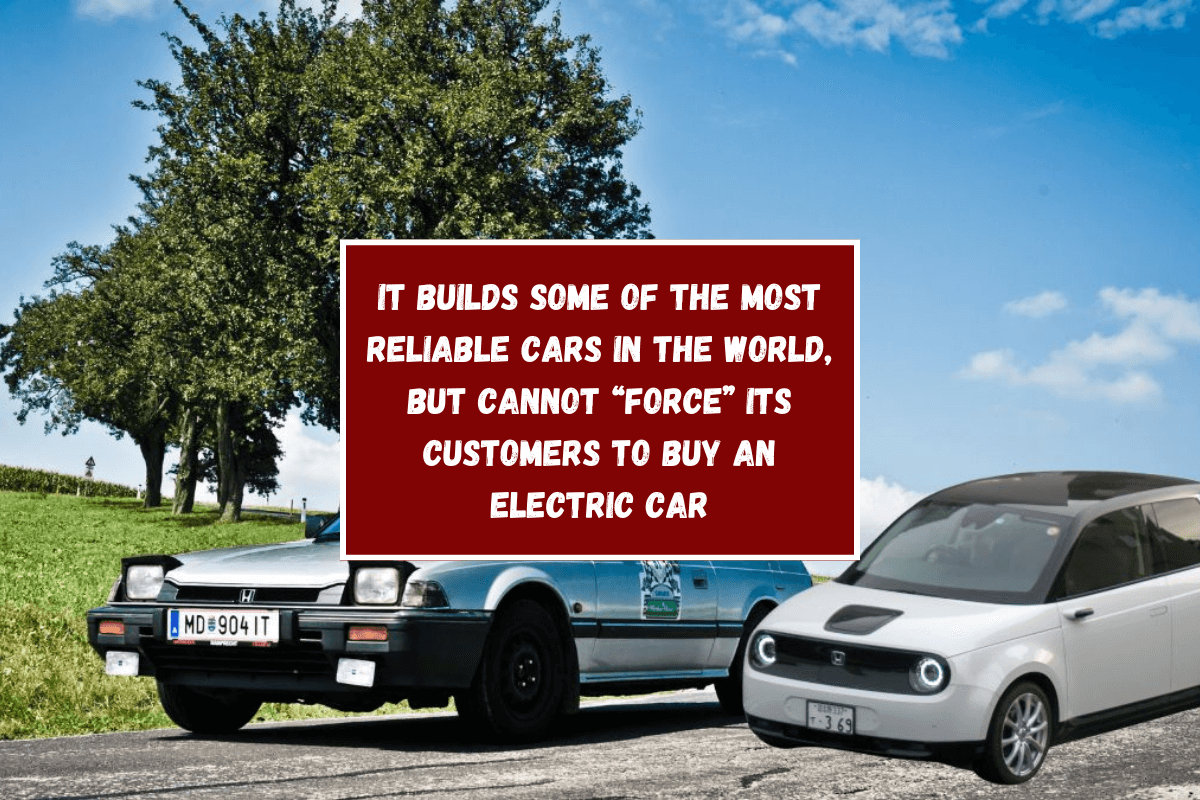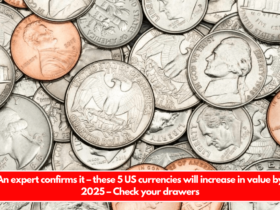If you look in different places, you can see that the auto business is changing in different ways. Now, some car companies, like BMW, sell as many electric cars as Tesla (at least in Europe for now).
But some companies, like Mercedes-Benz and Ford, have slowed down their big plans for electric cars. Another company is Honda, which says, “You can’t force customers to change their minds,” even though they don’t deny what is clearly true.
Kazuhiro Takizawa, President and CEO of Honda America, talked about his company’s worries about the switch to electric cars at the recent Monterey Car Week in California, USA.
The three main problems why electric vehicles are not being sold
According to Takizawa, while the adoption of electric cars is “steadily increasing,” the growth of this market is still hindered by a weak infrastructure. This lack of robust infrastructure makes many potential customers hesitant to make the switch.
- Infrastructure Weakness: The current infrastructure for electric vehicles is insufficient, discouraging potential buyers.
- Customer Mindset: Changing customer opinions and preferences is a significant hurdle.
- Market Dynamics: Different regions are experiencing varied rates of adoption, influencing manufacturers’ strategies.
As the industry continues to navigate these challenges, it remains to be seen how each manufacturer will adapt and thrive in this rapidly changing landscape.
Takizawa said, “You can’t make customers change their minds.” He was referring to the fact that the lack of charging sites, especially in less populated areas like the American Midwest, makes it harder for people to switch to electric cars. According to Takizawa, people can be persuaded to move from gas-powered cars to electric ones with incentives, but they won’t do so until there is enough infrastructure in place.
Challenges of Electric Vehicle Adoption in the Midwest
Electric vehicles (EVs) are hard to get in the Midwest, which is made up of twelve states in the central and northern part of the United States: Illinois, Indiana, Iowa, Michigan, Minnesota, Ohio, Wisconsin, North Dakota, South Dakota, Kansas, Missouri, and Nebraska.
EVs make up about 4% of new car registrations in most of these states. In South Dakota, they don’t even make it to 2%. These numbers are very different from the 26% in California and the 20% in the District of Columbia.
Even with these problems, there is still a lot of room for EV acceptance to grow in the Midwest. If the infrastructure gets better and the incentives keep going, many people in these areas may be able to afford to switch to electric cars.
The executive from the Japanese company highlighted that, although the charging infrastructure is expanding, it is doing so at a slow pace, which prevents a faster shift.
Shinji Aoyama, head of Honda’s electrification and strategy, emphasized that the transition to electric vehicles in the United States will be gradual, marked by many steps and adaptations. He explained that the more electric vehicles expand, the faster the necessary ecosystem to support them will adjust.

The Gradual Transition to Electric Vehicles
“The slowdown in the electric vehicle market is not unexpected,” Aoyama said. “As the number of electric vehicles on the road rises, the ecosystem will adapt more quickly.” But he did say that switching from an ecosystem based on internal combustion engines to one based on electric cars is a “complete social change,” so it might take some time.
Challenges in the Ecosystem Transformation
- Slow Pace of Charging Infrastructure Expansion: The charging infrastructure is growing, but not fast enough to support a quicker transition.
- Gradual Adjustment: The ecosystem will need to adapt step by step as more electric vehicles enter the market.
- Deeply Rooted Combustion Engine System: Changing from a combustion engine-based system to an electric vehicle ecosystem is a significant societal shift.
In conclusion, the shift to electric cars is going to happen, but it will take time and constant change to make it happen. The ecosystem that supports this required change will grow faster the more electric cars we use.
Even though there are problems right now, Aoyama stressed Honda’s long-term goal, which is for battery electric vehicles (BEVs) to be a key part of reaching carbon neutrality.
The executive said that BEVs have the best technology for becoming carbon neutral, but this process needs to move forward “step by step” so that the electric environment can change slowly.
Honda’s Commitment to Carbon Neutrality
The company has a big goal: all of its products and business operations will have no carbon footprint by 2050. Without adding electric cars, this goal can’t be reached. It’s a huge change for one of the biggest companies that makes internal combustion engines. Their propulsion systems are used in a lot of different industries and situations, from cars and bikes to boats, machinery, and electric generators.
Transitioning to a Greener Future
Honda’s journey towards carbon neutrality involves:
- Developing and enhancing battery electric vehicle technology
- Gradually evolving the electric ecosystem
- Setting a 2050 target for complete carbon neutrality
- Transforming its diverse range of products and activities
As Honda moves forward on this path of change, it stays dedicated to making groundbreaking advances in electric vehicle technology and steadily moving toward a more sustainable future.















Leave a Reply